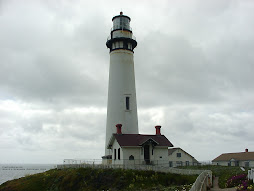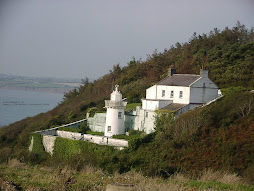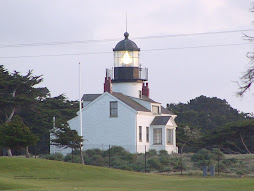It's getting late, and the marine layer is fast closing in. You are not concerned, since you have your new GPS in hand, ready to give you precise directions to the marina. So you turn it on, look at the display, and see your present position. Where's the position for the marina? Not there, nor are any other positions; you never entered them!
Not an unusual scenario. Many people see GPS or LORAN (often called "navionics") as "black boxes" and marvels of technology, and fail to read the instructions before leaving the dock. For example, one boater entered his position at a marina on San Diego Bay as his "home" location. The next, and only position he entered was his favorite fishing spot, about 12 miles west of Mission Bay. Not a problem on a clear day, but if he were trying to retrace his route blindly in a fog, these readings would lead him smack into the rocks or the beach. Remember, GPS cannot in itself develop courses around obstacles, and Point Loma is a very big obstacle to cross in a boat.
GPS and LORAN can be compared to an electronic road map. You cannot simply draw a straight line between two points across the country, and expect to get to your destination by driving that line. (Hummvee owners excluded). Same with GPS and LORAN. You need to route out your trip with charts and using lat/lon bearings or TDs, set a course. Each change in direction, whether to bypass an obstacle, or a change in heading or direction, requires a new "waypoint".
Waypoints entered off charts are best corrected with YOUR actual location when your vessel reaches the waypoint. In this manner, your stored information will be accurate as of the day you enter it, not as old as months, or even longer, before your chart went to press.
Navigating with today's electronics does not eliminate charts. Even the electronic maps do not replace a well prepared chart, where you can plan your route visually, seek depths that are safe for your vessel, and make notes of changing conditions. The art of dead reckoning should not be lost, since when you are out of battery power for your navionics, you'll still need to pull out the old charts and work your way to port.
Finally, even if you do not enter anything into your GPS or LORAN, they're still very useful instruments. If the day comes you are in distress, you can precisely tell the Coast Guard your position. That is, if you remembered to bring extra batteries if you're using one of the hand held marvels!
Safe Boating.
Top 60 Boating Tips by Boating Magazine
Wednesday, October 22, 2008
Subscribe to:
Post Comments (Atom)









No comments:
Post a Comment